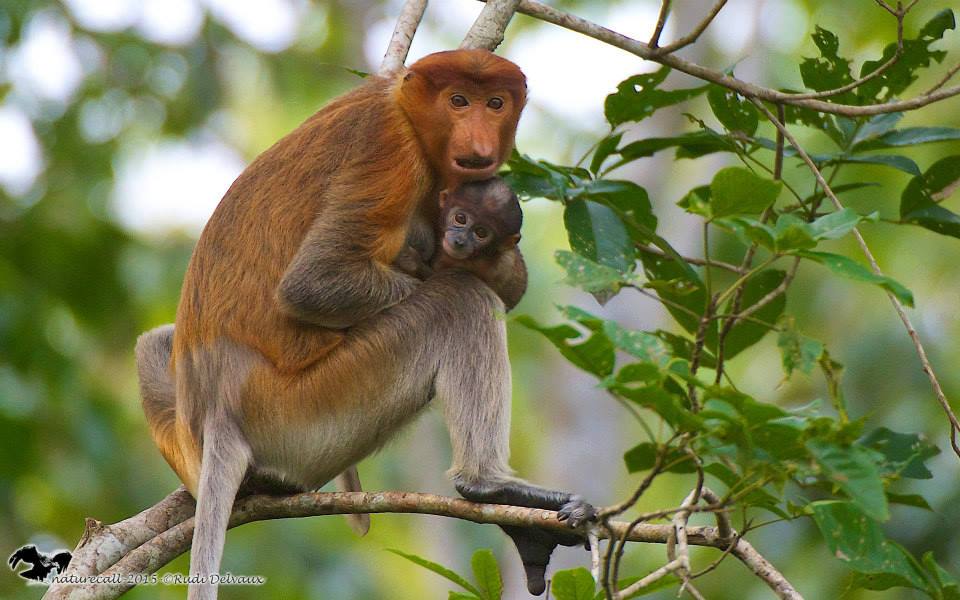
With Dr Ikki Matsuda from Chubu University DGFC collaborates in the project entitled: “Effects of genetic relatedness and dispersal patterns on gut microbiota and parasite transmission in proboscis monkeys”.
The main objective of this study is to examine the relatedness and dispersal patterns of proboscis monkeys in the Menanggul area of the Lower Kinabatangan Wildlife Sanctuary.
Based on previous field observations, the serious aggressions in males within reproductive minimum units (harems) and between reproductive and all-male units were very rare in the lower Kinabatangan. In addition, there were no (even suspected) infanticide behaviours in proboscis monkeys after taking over the minimum reproductive units by new male and even after adult females transferred into the unit with a new born infant. All these evidences strongly indicate that there is a mechanism to reduce the mating competitions among male proboscis monkeys. Therefore, it is expected that males in each minimum reproductive unit within the same bands are genetically highly related to each other as males transfer within bands. However, it is also expected that the serious aggressions would occur between males from different bands as males do not migrate beyond bands, i.e., males in different bands are not related to each other. Within the bands, males in all-male units may also be related to (harem) males in the minimum reproductive units. This may be the reason why the serious aggressions are avoided among males within the bands in proboscis monkeys. On the other hand, it is expected that as females transfer to the other units probably even beyond bands to avoid their inbreeding, degree of female relatedness within the minimum reproductive units and within/between bands should be equal each other and lower than those in males.
In relation to the above expected genetic patterns of proboscis monkeys, we expect that parasite transmission is mainly caused by females as they frequently transfer among units and even beyond bands. In addition, the similarity of gastrointestinal (GI) microbiome composition will positively correlate with the relatedness of proboscis monkeys. Since males only transfer within bands, they will share similar food items in the same habitat, and thus higher similarity of GI microbiome composition among males within bands is expected. However, lower similarity is expected between males in different bands. Lastly, similarity of GI microbiome composition is lower among females than that in males as females frequently transfer to units and bands, i.e. females frequently change their habitats probably with their diets.
In sum, it is expected that:
- Male proboscis monkeys both in minimum reproductive units and all-male units within bands show higher degree of relatedness than those within different bands as males only transfer between units within bands
- Degree of relatedness of female proboscis monkeys is generally lower than that of males; it is similar within and between minimum reproductive units even between those in different bands as females frequently transfer between units and bands.
- Parasite transmission is mainly caused by female proboscis monkeys as females frequently transfer between units and bands.
- Gastrointestinal (GI) microbiome composition is similar among males within bands, though such similarity is lower between males with different bands.
- Similarity of GI microbiome composition is lower among females than that in males as only females may frequently transfer between units and bands.
The laboratory work for the relatedness analyses has been performed at the Wildlife Health, Genetic and Forensic Laboratory by DGFC’s Senior Conservation Geneticist and supervised by DGFC’s Scientific Advisor.






